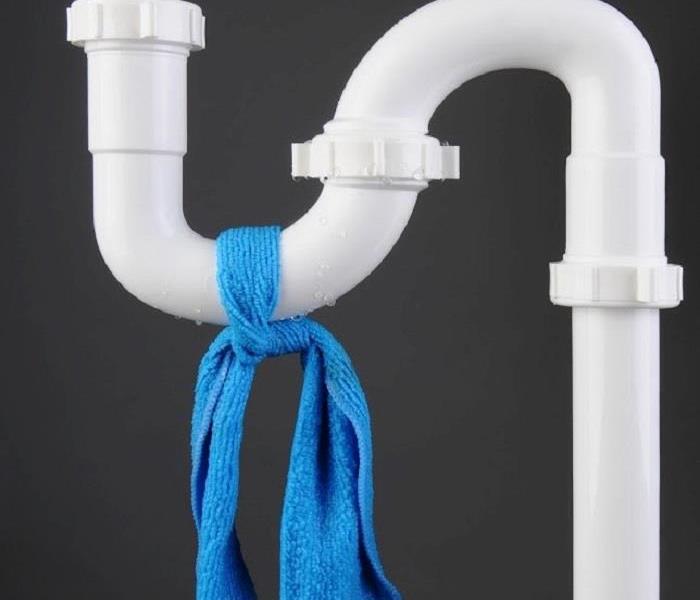Factors That Impact Water Damage Restoration | SERVPRO of Marlton/Morningside
12/18/2019 (Permalink)
 If you are dealing with any water disaster, contact SERVPRO of Marlton/Morningside. We have the experienced to take care of any damage.
If you are dealing with any water disaster, contact SERVPRO of Marlton/Morningside. We have the experienced to take care of any damage.
Factors That Impact a Water Damage Restoration Service
Water causes more damage than you might realize. Standing water and the moisture it leaves behind can seep into textiles and crevices, which creates an environment for mold.
Many people turn to professional cleanup companies because restoration is an involved process. If the damp isn't completely dried out, mold can grow under the new surfaces you have built. Discover the factors that impact the service of water damage restoration.
Location
Depending on the cause of the water damage, it can affect any part of your house. For example, a roof can develop a leak or mold under the shingles. The ceiling underneath can start sagging because of water damage. Water completely destroys drywall, which is widely used for most walls. Those repairs aren't always as difficult, so the cost is lower.
Unfortunately, water travels downward and collects. The basement often sees the most water damage. It's also a space that's especially difficult to dehumidify because it's at least partially underground. The basement is difficult to keep dry on its own, and a flood or other water disaster wreaks havoc. Basement dehumidification and restoration is sometimes the costliest service.
Materials
As noted above, drywall is especially susceptible to water damage. Luckily, drywall is relatively inexpensive and easy to install. Other materials might affect not only the cost, but the contractors needed to restore the area.
For instance, another material that's very susceptible to water damage is hardwood, which is common for flooring. Quick removal of the water might spare large parts of the hardwood. Indeed, a hardwood floor might be fine after a short period of submersion. However, it needs dehumidification correctly to preserve its integrity.
Laminates don't necessarily deteriorate themselves. However, they don't prevent the water from soaking underneath. Therefore, the subfloor degrades quickly. The same happens with carpeting, which also quickly becomes destroyed by water. On the other hand, tile work is mostly impervious to water damage.
Size of the Area
Whenever you undertake a home improvement project, the size of the area impacts the time involved as well as the cost. The same factor is true for water damage restoration.
You might seek out water damage restoration services after a small incident such as discovering standing water in your attic because of a leaky roof. You'll almost certainly call if a storm caused a nearby river to flood your house. Naturally, the first incident will often result in a shorter and cheaper service than the second.
Amount of Water
In the same vein, the size of the job impacts the cost and time needed. The amount of water involved dictates the size of the job. So, if you want restoration from a leaky pipe, you'll likely spend less money and time than after a full flood.
Likewise, the presence or lack of standing water also impacts the service. If the contractors first have to pump out the water before they even get to the dehumidification process, obviously that task bumps up both time and cost.
Type of Water
Not all water is equal, and the type of water that caused the damage will impact how the restoration service goes.
The best-case scenario is the small leak mentioned above. However, a burst supply pipe is also a decent scenario. Sure, the water can infiltrate your walls and cause flooding in your basement. However, the key is that it's clean water.
You may have heard of gray water, which comes from the dishwasher or washing machine. This water is considered slightly contaminated. However, it's not too bad compared to the next type, so water removal and the subsequent restoration aren't as involved.
The bad guy of water is blackwater. Blackwater can come from that flooding river. It's also the category for a burst sewage pipe. Removal of blackwater is tricky because infectious organisms and other biohazards are likely involved. What's more, even after cleanup, the restoration is more involved because you probably have more to replace.
Don't ignore even minor water damage in your home. Call the damage restoration specialists at SERVPRO of Marlton/Morningside for help.





 24/7 Emergency Service
24/7 Emergency Service